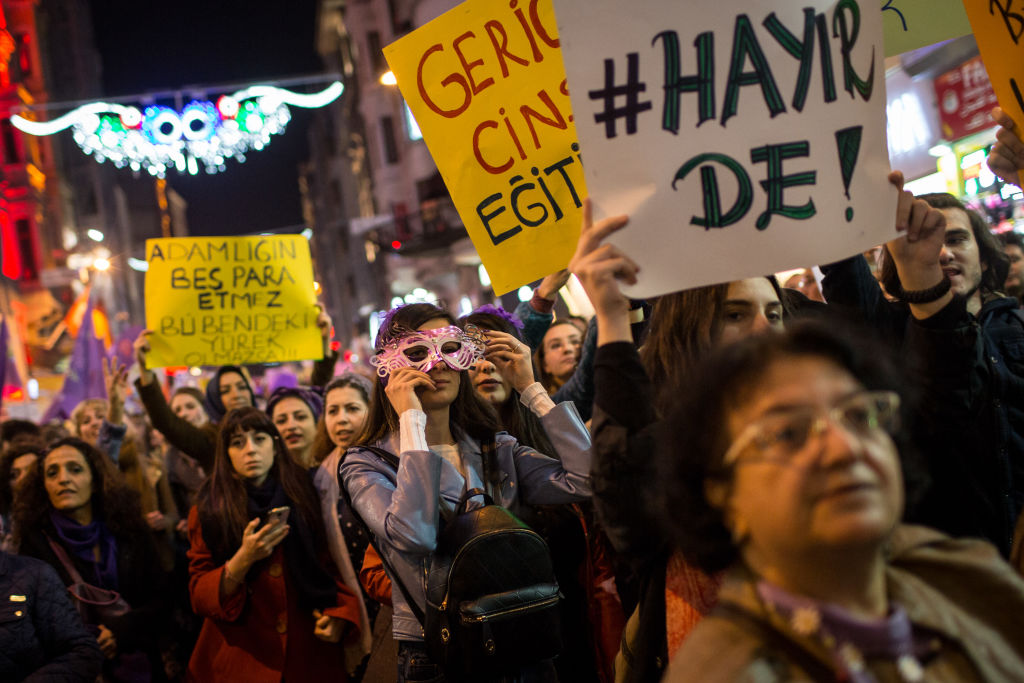Thursday is International Women’s Day, which celebrates the ongoing movement for women’s rights.
To measure the world’s progress toward gender equality, the World Economic Forum (WEF) created the Global Gender Gap Index a decade ago.
The most recent report, published in November 2017, analyzes four main dimensions: economic participation and opportunity, educational attainment, health and survival, and political representation. Looking at 144 countries, the WEF concludes that an average global gender gap of 32% remains, compared to 31.7% in 2016. Globally, the widest gaps between women and men exist in economic opportunity and political representation.
A slight upside: Since 2016, 82 countries have improved their overall gender gap score.
The countries with the widest gender gaps are below (with #1 ranking as the worst).
Camilla Hodgson contributed to an earlier version of this story.
15. Qatar — This country has never elected a woman to parliament.
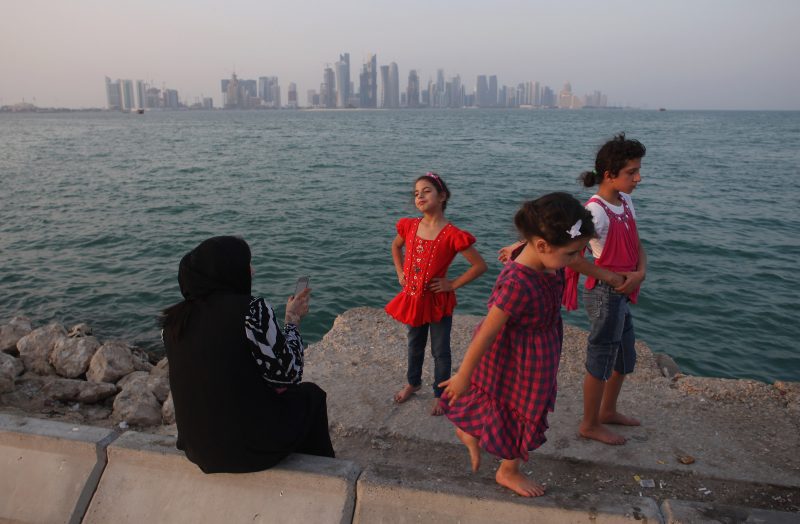
14. Turkey — The vast majority of legislators, senior officials, and managers in this country are men. There are nearly no women in ministerial positions.
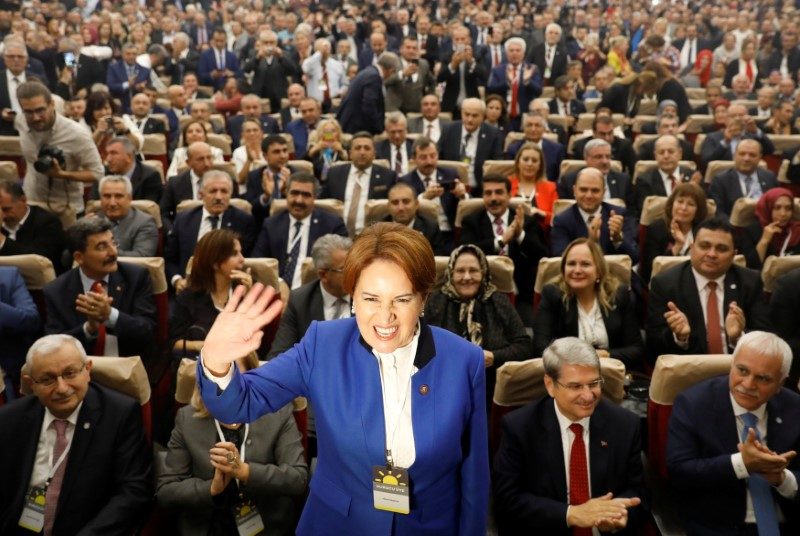
However, Turkish law mandates equal pay for men and women.
13. Mauritania — Women do not have the same rights as men in marriage or after divorce, and companies are not required to pay men and women the same amount here.
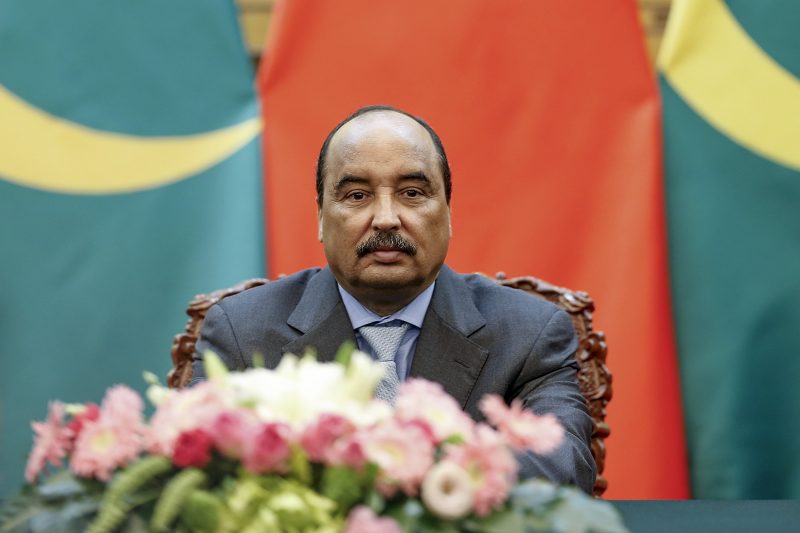
12. The Ivory Coast — In the past 50 years, there has not been a female head of state in this country.
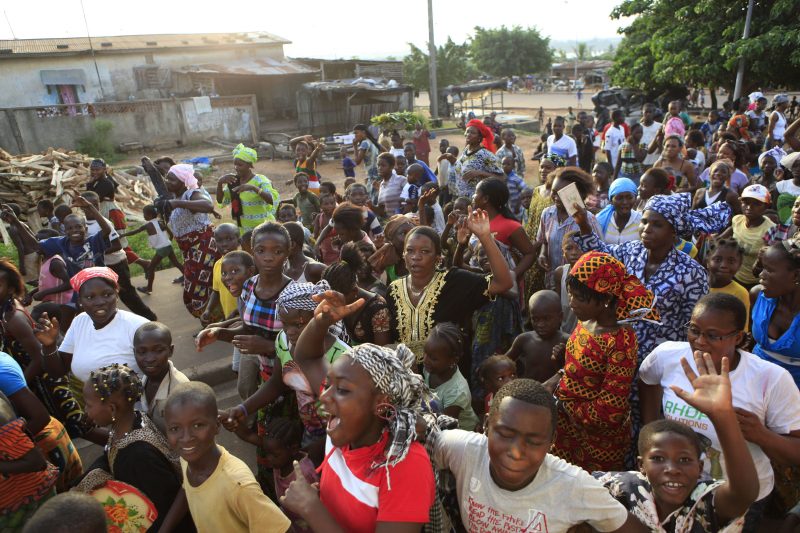
11. Egypt — This country does not have non-discrimination laws in hiring and does not mandate equal pay.

10. Jordan — Women only received the right to vote here in 1974, and there are hardly any women working in ministerial positions today.
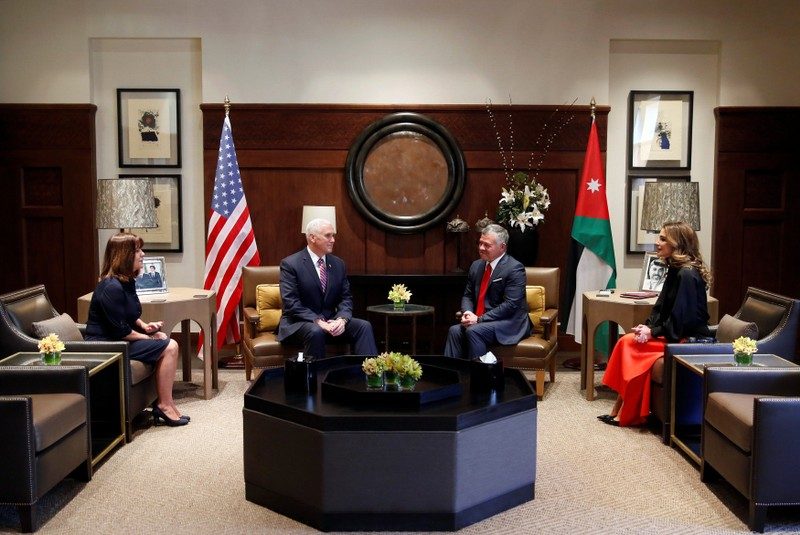
9. Morocco — Daughters do not have inheritance rights in this country, and there have been no female heads of state to date.
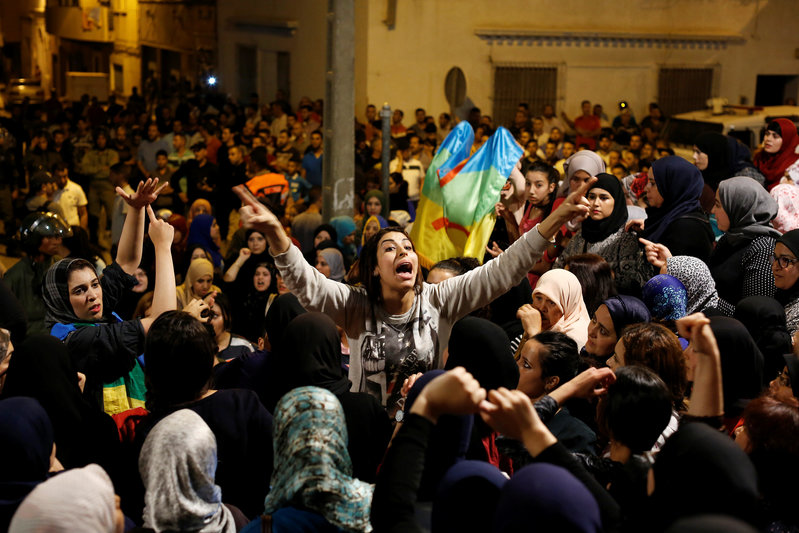
8. Lebanon — There are nearly no women working in parliament or ministerial positions in this country.
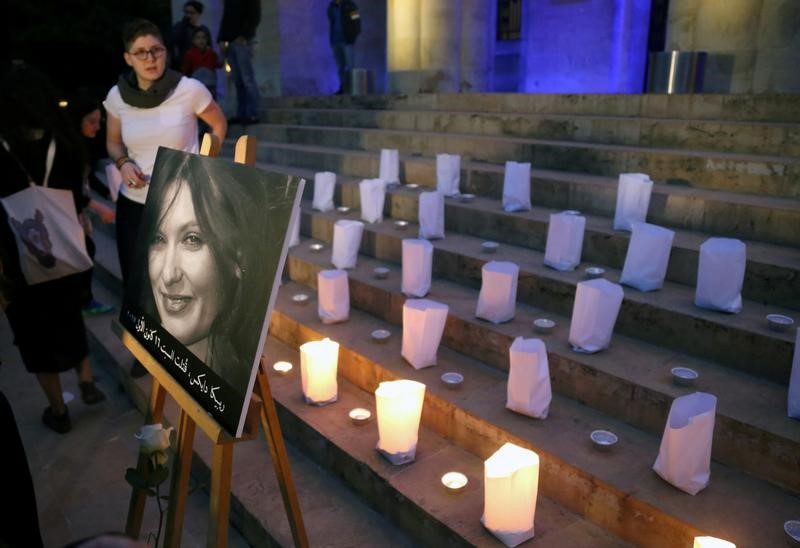
7. Saudi Arabia — Women could only vote and enroll in municipal elections starting in 2015. In June 2018, they will be permitted to drive for the first time.
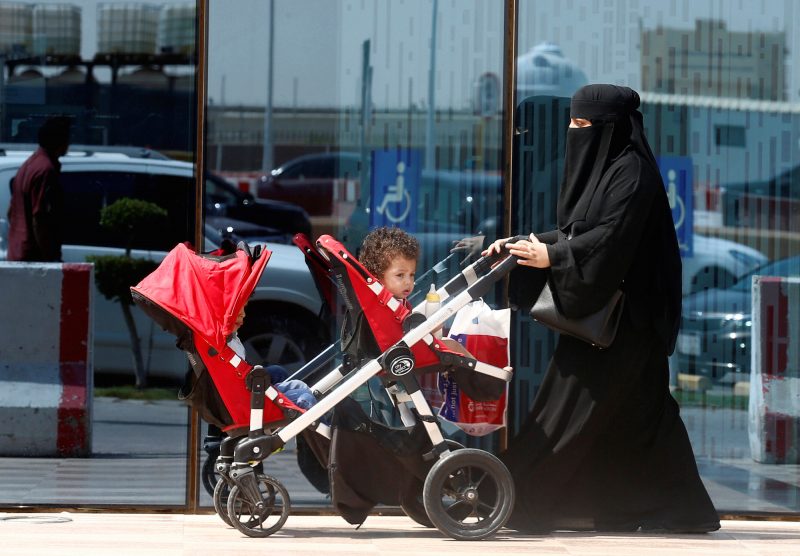
Source: BBC and The New York Times
6. Mali — In this country, women only have partial rights to land use, control, and ownership.

5. Iran — Women have just partial access to financial services here.
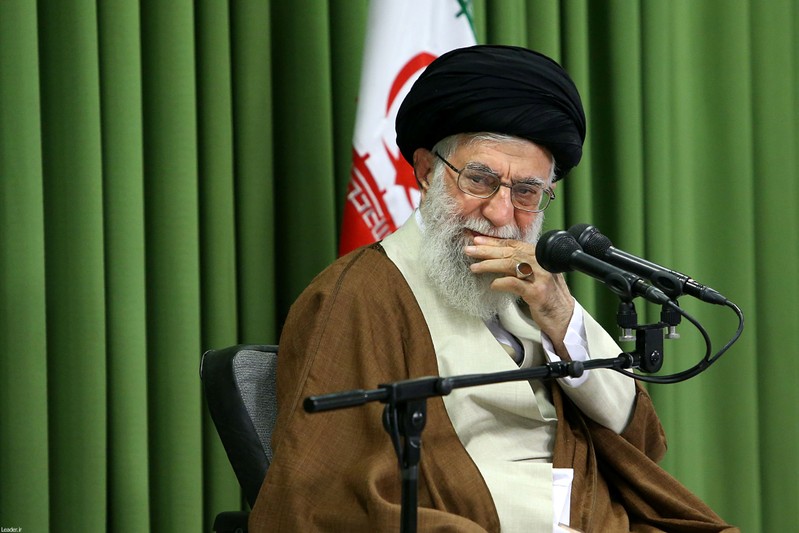
4. Chad — Women in this country are much less likely to be literate or educated than men.
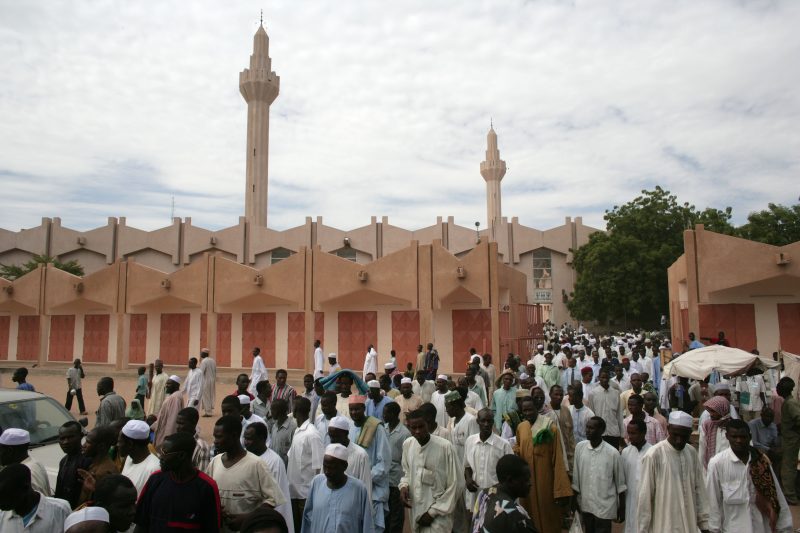
3. Syria — The vast majority of Syria's workforce and those with political power are male.

2. Pakistan — This country does not have anti-discrimination hiring laws, nor does it require equal pay.
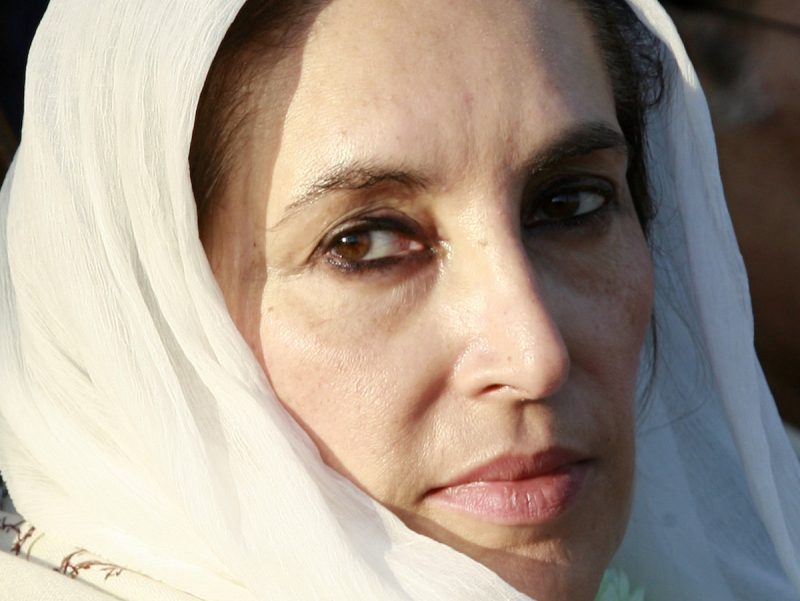
To date, Iran has elected one female prime minister: Benazir Bhutto, who was assassinated in 2007 at the age of 54.
1. Yemen — This country has no women in parliament and has never had a female head of state. The law does not mandate equal pay, and women only have partial access to financial services.

Yemen also ranked as the country with the widest gender gap in 2016.

